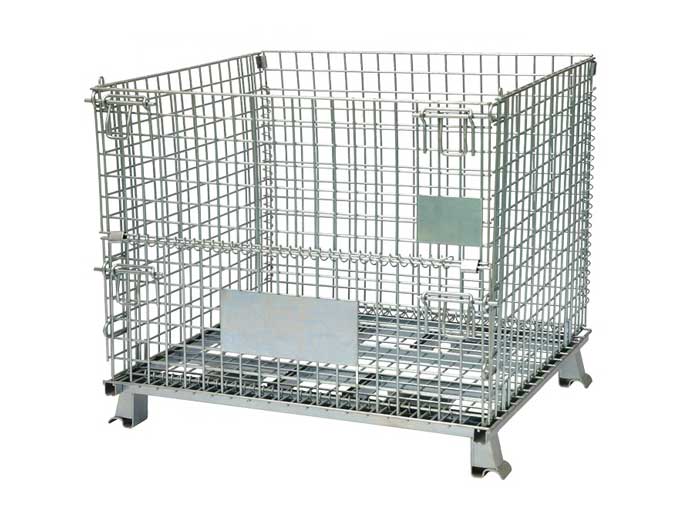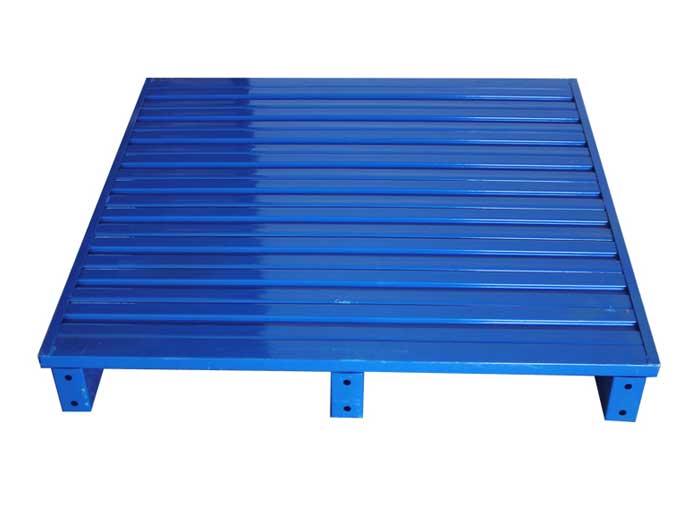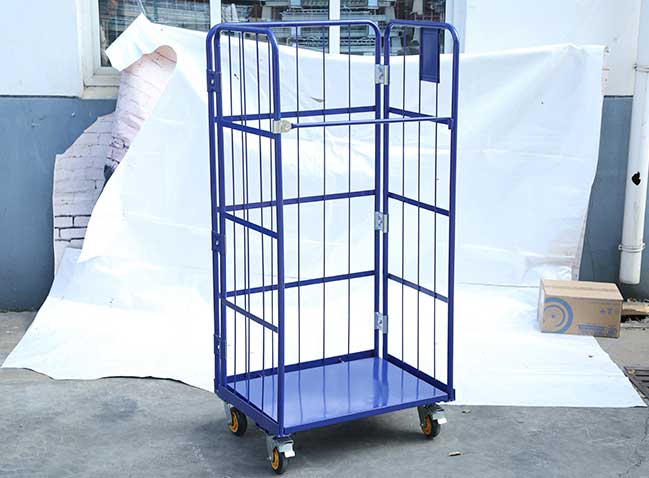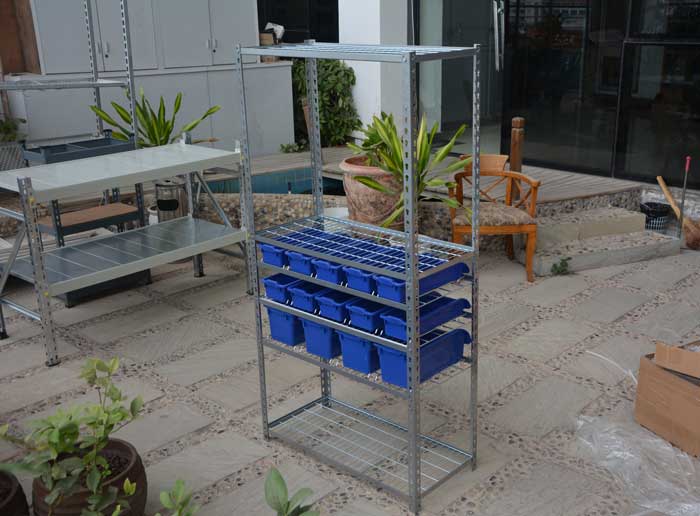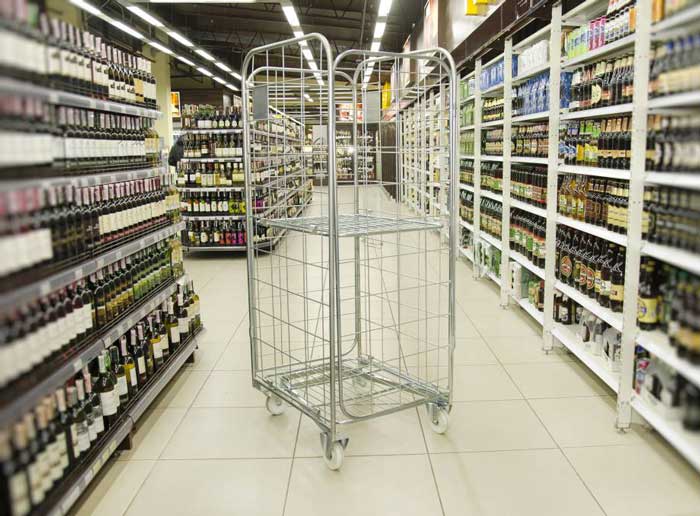-
 E-mail:
aceally4@aceallygroup.com
E-mail:
aceally4@aceallygroup.com
-
 Wechat: aceally18350222213
Wechat: aceally18350222213
-
Time:10/25/2024
-
Time:10/18/2024
-
Time:10/15/2024
-
Time:10/11/2024

- CONTACT US
- Wechat: aceally18350222213
- aceally4@aceallygroup.com
How wire containers protect product quality and safety in cold storage?
 Time:10/8/2024
Time:10/8/2024 210
210How wire containers protect product quality and safety in cold storage?
1. Isolate moisture and prevent ice crystals from condensing
The low temperature environment in the freezer can easily cause moisture in the air to condense into ice crystals. These ice crystals may adhere to the packaging of goods, causing damage to the packaging or moisture to the product. The closed or semi-closed design of the wire containers can effectively isolate external moisture and reduce the damage to product packaging caused by ice crystal condensation, thereby maintaining the freshness and quality of the product.
2. Prevent cargo collision and damage
In cold storage, collisions will inevitably occur during the transportation and storage of goods. The solid structure of the wire containers can provide good protection, prevent the goods from colliding with each other during handling or stacking, and reduce the breakage rate. This is especially important for fragile or sensitive products such as seafood, meat, etc. The use of wire containers can ensure the integrity of these products during frozen storage.

3. Easy management and traceability
In cold storage, wire containers can be used as carriers of goods to achieve classification, identification and traceability of goods. By pasting labels or QR codes on wire containers, the name, specifications, production date, shelf life and other information of the goods can be clearly marked, making it easier for warehouse managers to carry out inventory management and goods traceability. This helps to detect and deal with quality issues promptly and ensure product safety.
4. Comply with health standards
In the food industry, the material and design of wire containers need to comply with relevant hygiene standards. For example, wire containers should be made of non-toxic, corrosion-resistant, and easy-to-clean materials, and the surface should be smooth and uneventful to facilitate cleaning and disinfection. In cold storage, wire containers need to be cleaned and disinfected regularly to prevent the growth and spread of bacteria and ensure the hygienic safety of products.











